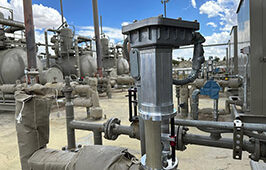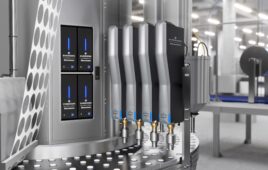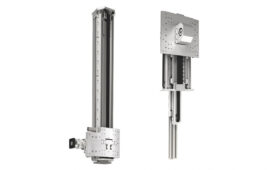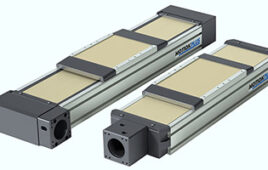Shinkansen Schematic w Sway System 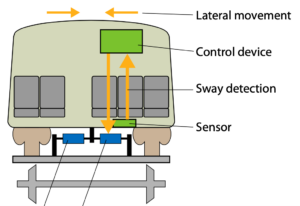 When the East Japan Railway Company was looking to improve the comfort and stability of its Shinkansen, or bullet trains, they reached out to precision control component manufacturer and integrator, Moog Inc. Moog provided electromechanical actuators (EMAs), planetary roller screws, and drive systems for the active sway control system of the company’s E5 and E6 train series. The fully electric system reduced sway by up to 50% compared to past conventional pneumatic and hydraulic solutions.
When the East Japan Railway Company was looking to improve the comfort and stability of its Shinkansen, or bullet trains, they reached out to precision control component manufacturer and integrator, Moog Inc. Moog provided electromechanical actuators (EMAs), planetary roller screws, and drive systems for the active sway control system of the company’s E5 and E6 train series. The fully electric system reduced sway by up to 50% compared to past conventional pneumatic and hydraulic solutions.
Other Japanese bullet train rail companies use semi-active sway controls, relying on a variable oil damper to adjust damping force. When the East Japan Railway Company decided to increase the maximum running speed of its trains to 225 mph (360 km/h), engineers had to apply more force across a wider frequency band to reduce vibration for passengers.
“East Japan Railway has continually chosen Moog’s electromechanical design because of the compactness of our control system’s envelope,” said Enrico Bagnasco, Product Content Developer for Moog. “Our EMA, or electromechanical actuator, provides faster responses and higher thrust. Replacing old oleo-pneumatic sway control systems with less cumbersome electromechanical ones also drastically improves reliability and makes them easier and quicker to maintain.”
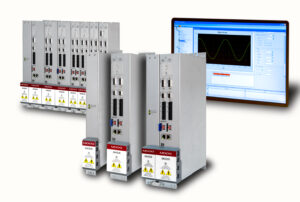
The Moog DM2020 flexible drive platform and control system.
In the current systems, when an accelerometer detects lateral sway of a train carriage due to the rails, airflow, and other factors, the appropriate thrust to counter the sway is calculated. Then, a drive sends a signal to a motor inside the EMA that applies it rapidly and precisely. Each wheel truck (i.e., the bogie or chassis with two axles, four wheels) on the train has one EMA and a passive damper to attenuate lateral vibration.
At the core of each actuator is a roller screw. Those screws provide an exceptional level of mechanical rigidity and movement precision thanks to the number of contact points between the rollers and the lead screw. This enables the actuator to handle higher loads than some linear motion actuators, which are larger in size and often experience overheating issues.
“Moog prides itself on being technology-neutral, as we possess a deep know-how of all the strengths and weaknesses of different motion technologies,” added Bagnasco. “This is absolutely critical when choosing a partner that will help you switch from one technology to another.”
Moog
Moog.com
Filed Under: Actuators

